What inspirations and artistic references guided the visual design of Werewolf by Night and how were they incorporated into the creative process?
The idea was to create an homage to classic horror films from the 1920s and 1930s, as well as iconic shows like ‘The Twilight Zone’. We focused on using shadows and lighting to build suspense, making them central elements of the piece.
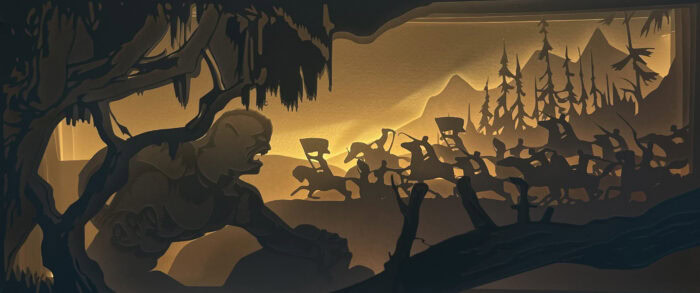
How was character development approached in Werewolf by Night, and what techniques were used to give them life and personality?
The character development was inspired by the original ‘Werewolf by Night’ comics from Marvel. We aimed to bring the classic character back to the screen, using references from the early comics to make sure fans of the series would recognize and appreciate them.
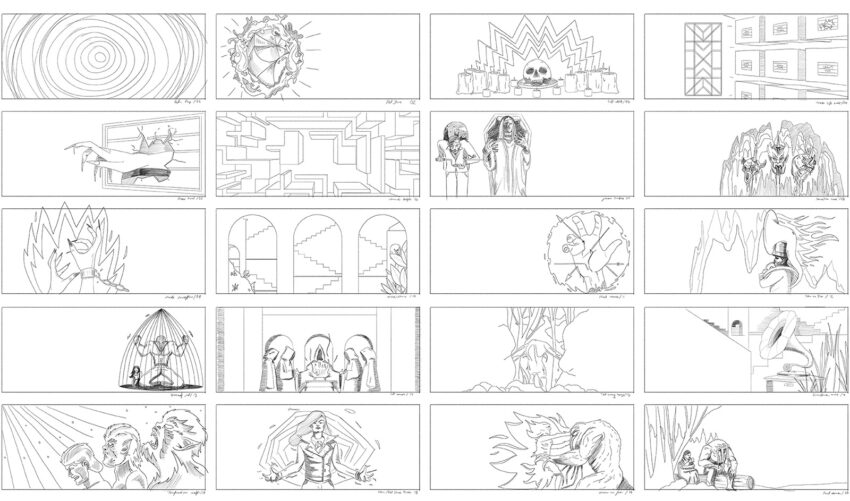
What specific challenges did the Lobulo Studio team face during the production of Werewolf by Night and how did they overcome them?
Our biggest challenge was coordinating the timing of a handcrafted project while working remotely. I created all the elements in my London studio, ensuring the sets could be easily assembled and ready for filming in the U.S.
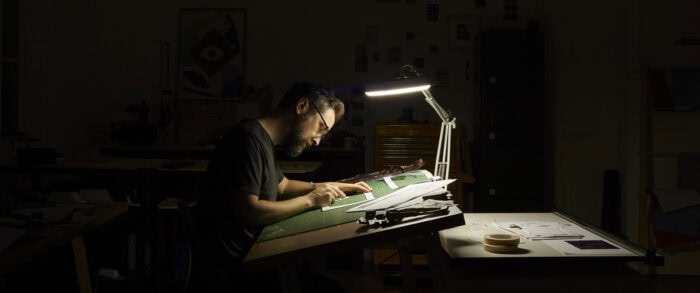
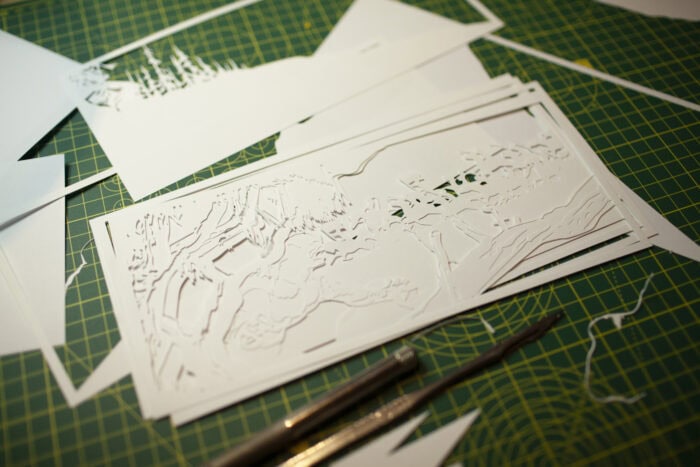

How was music and sound integrated into the narrative of Werewolf by Night, and what effect does it seek to generate in the viewer?
We were fortunate to have Michael Giacchino as our director, so we knew the music would play a crucial role. He composed an incredible score that perfectly complements the suspense and darkness of the film’s atmosphere.
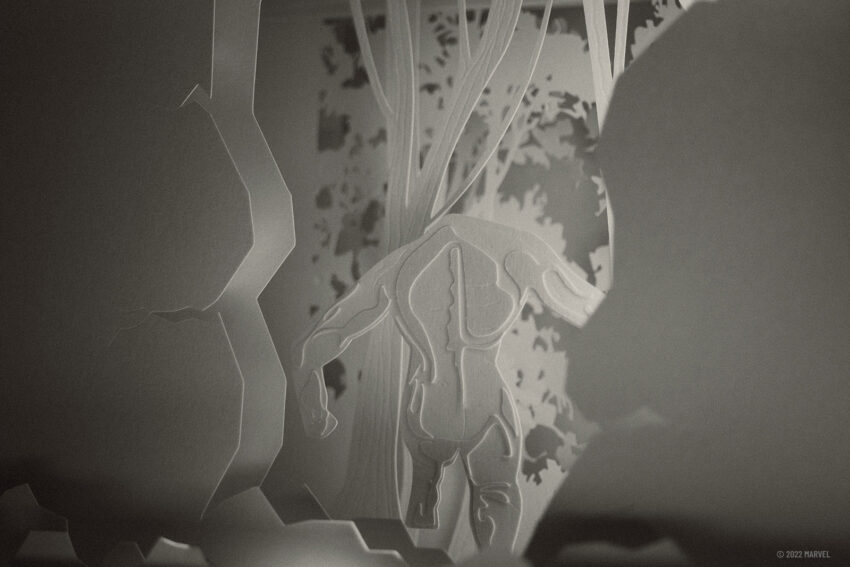
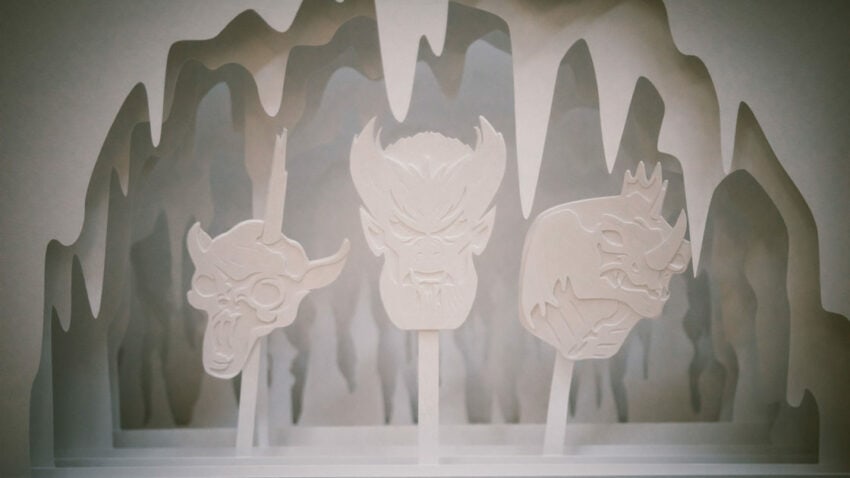
What main message or theme does Werewolf by Night seek to convey, and how is this reflected in the visual and sound narrative of the project?
The title sequence was designed to capture the most iconic and recognizable moments from the movie, condensed into a few minutes. We used old cinematic techniques, playing with light and shadow to build suspense and intrigue—showing just a shadow of the monster before revealing it at the end.

How were hand craft techniques incorporated into the production of Werewolf by Night, and how did these techniques impact the visual style and narrative of the project?
Everything was handmade, from the character drawings to the assembly of hand-cut paper pieces. The goal was clear: to use the same techniques that filmmakers employed in the 1920s and 1930s to create the film’s authentic atmosphere.


About Lobulo Studio
What is Lobulo Studio’s mission and how do you define your approach to animation and visual design projects?
I wouldn’t say it’s a mission, but in an era dominated by digital work and AI, I strive to keep my projects as handmade as possible. The human touch is essential to my narrative and style, and it’s always a top priority for me.


How would you describe Lobulo Studio‘s signature visual style and what differentiates it from other animation studios?
It’s hard for me to define my visual style because I don’t see it as a fixed thing. I prefer simplicity, but I love making complex things look effortless. Why do something easy when you can make it challenging? Ha!


What importance do they place on collaboration with clients and other creatives in their production process?
Collaboration is crucial. Two minds are better than one, and working with talented teams makes the process far more exciting and rewarding.


What role do innovation and experimentation play in the development of their creative projects?
Before starting a project, I like to take a few days to experiment—painting, sculpting, cutting, or even breaking things. This allows me to explore different materials and discover the best way to tell the story. Using a variety of materials opens up endless creative possibilities, which is perfect for projects like these.


How do they view the future of animation and visual design, and what trends do they believe will influence their work in the coming years?
I hope the future of filmmaking is less dominated by digital sameness. We’re consuming a lot of content quickly, and I understand the need for speed, but it would be wonderful if we could return to a time when things were made thoughtfully, with the care and time that quality demands.
Social Media:
Instagram: @lobul0
Web: lobulostudio.com










